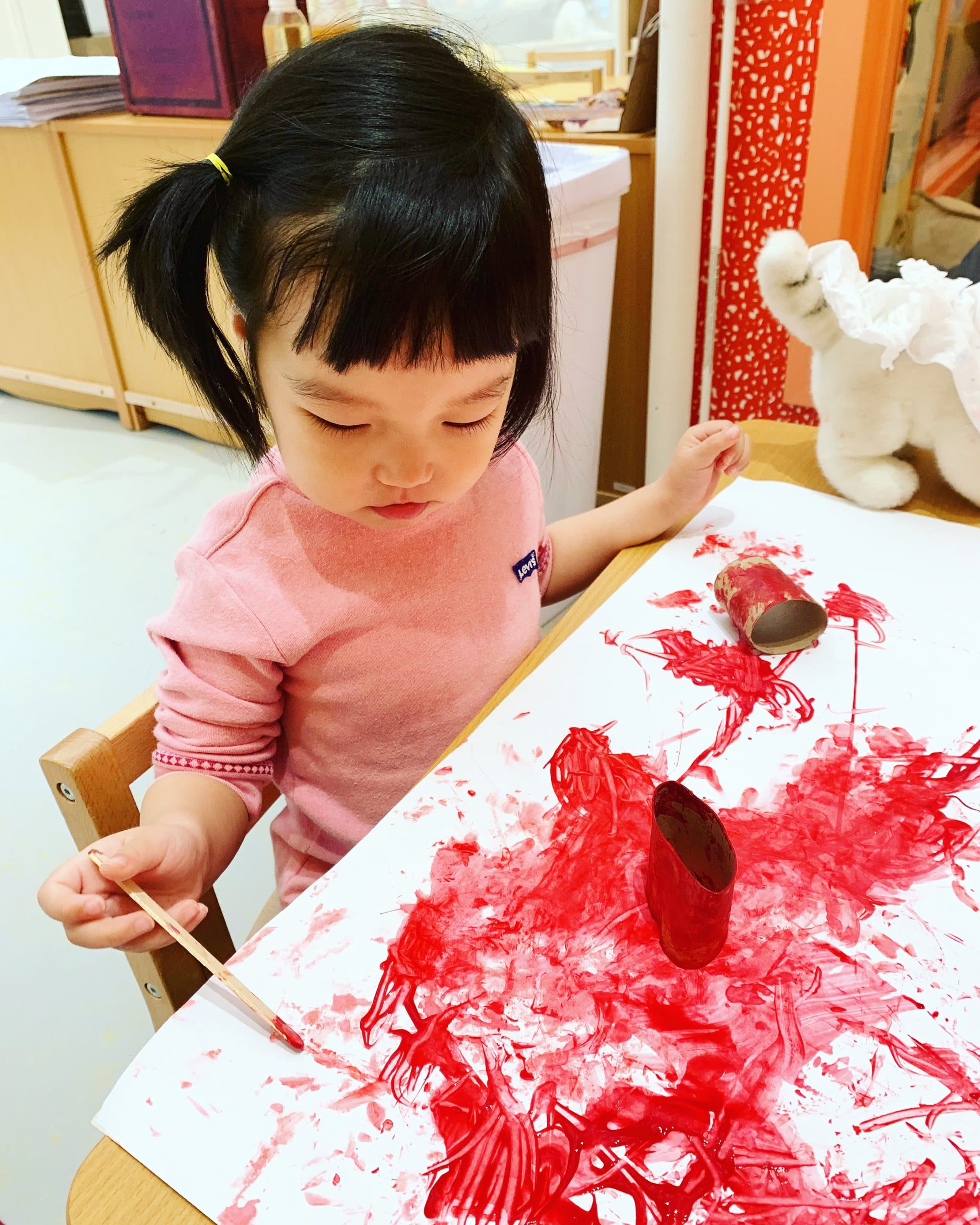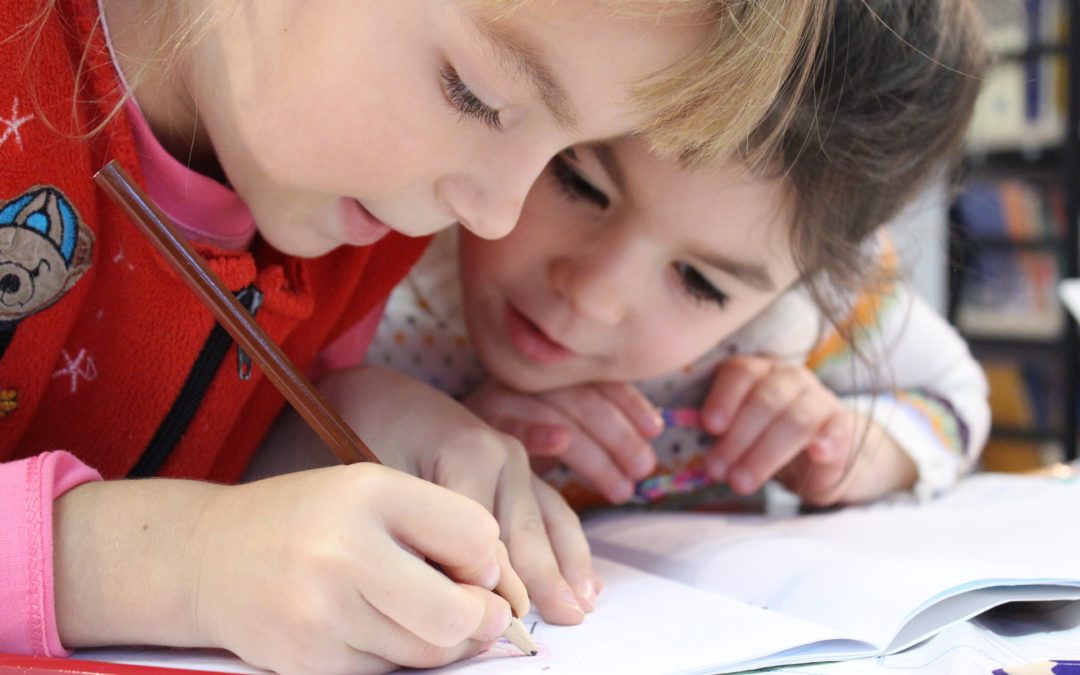“Creativity becomes more visible when adults try to be more attentive to the cognitive processes of children than to the results they achieve in various fields of doing and understanding.” ― Loris Malaguzzi
Hubspot recently published a short article, entitled, The Art of Asking Open-ended Questions, in which Bill Cates outlines the value of “asking questions starting with ‘why,’ ‘how,’ and ‘what if’.” Cates connects process-based dialogue to Hubspot’s marketing, sales, and service platform, levering process-oriented dialogue to foster learning opportunities with their clients — build trusting relationships that blossom from relevant, personal, and meaningful dialogue.
Meanwhile, the Guggenheim defines ‘process art’ as emphasizing “the process of making art (rather than any predetermined composition or plan) and the concepts of change and transience.” In other words, process-based art explores a meaningful open-ended conversation between an artist and their work. Finally, The National Association for the Education of Young Children characterizes process-based exploration as placing the onus on the child to create, explore, and drive their experience — there are no model examples for the child to emulate and no right or wrong way to explore. Instead, children focus on technique, tools, and materials, while teachers guide children with open-ended questions, asking ‘why?’ ‘how?’ and ‘what if’?
One of the four Reggio Emilia principles states that children must have endless ways and opportunities to express themselves. This principle taps directly into the wellspring of a child’s creative mind. It also demands that teachers create time and space for children to explore and imagine while building skills, techniques, and (perhaps most importantly) a deep and meaningful relationship with their own learning. To facilitate a safe and meaningful journey, teachers guide with gentle, open-ended questions while offering individualized support along the way.
In this type of process-oriented exploration, creativity does not exist as an “other” or “specialty,” it is embedded in the practice of learning. It is also fundamentally respectful and responsive to preschool-age children and their cognitive development. By age 3, young humans are developing fine motor skills and understanding symbolic representation. In this development stage, children create with more intention, boundless imagination, and a drive to learn across all disciplines. Teachers who attentively observe their students understand which open-ended questions to ask because they are also acutely aware of each student’s cognitive development.
 Expressing ourselves through art!
Expressing ourselves through art!
SolBe Learning. Chestnut Hill, MA.
Photo Credit: Silvana Carpio.
For more information about
product-focused art &
process-focused learning,
Visit: nayce.org
communityplaythings.com
childcareexchange.com
scholastic.com


